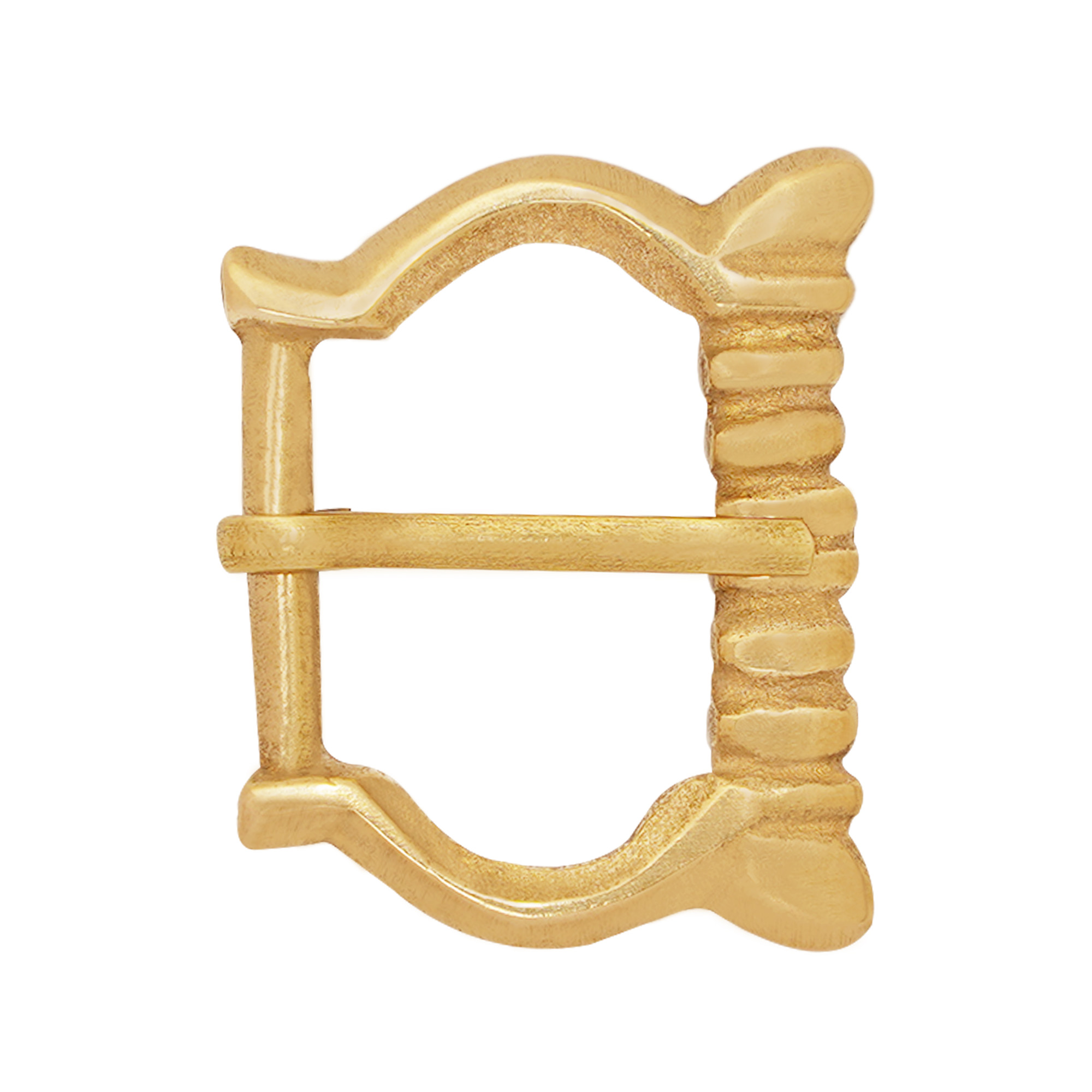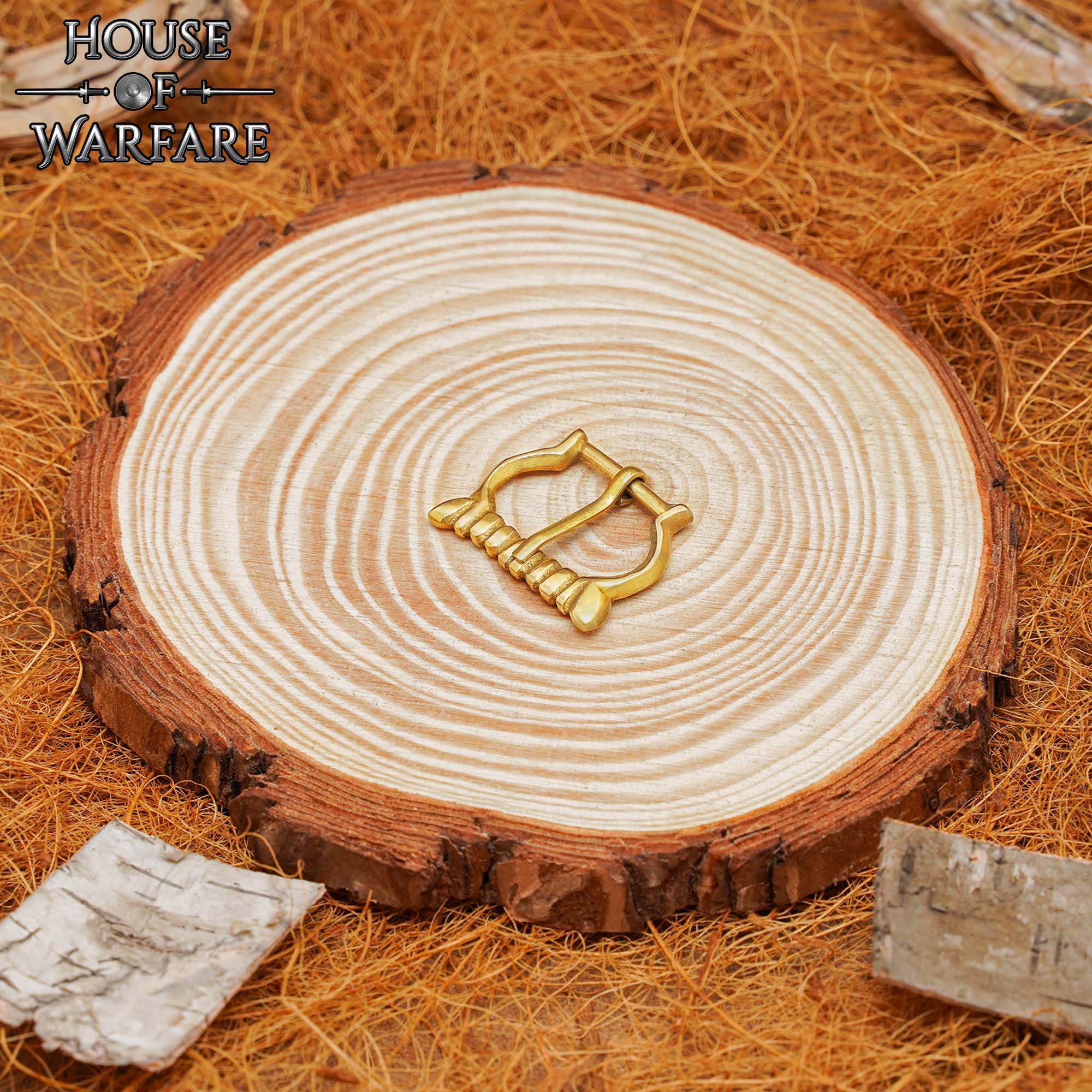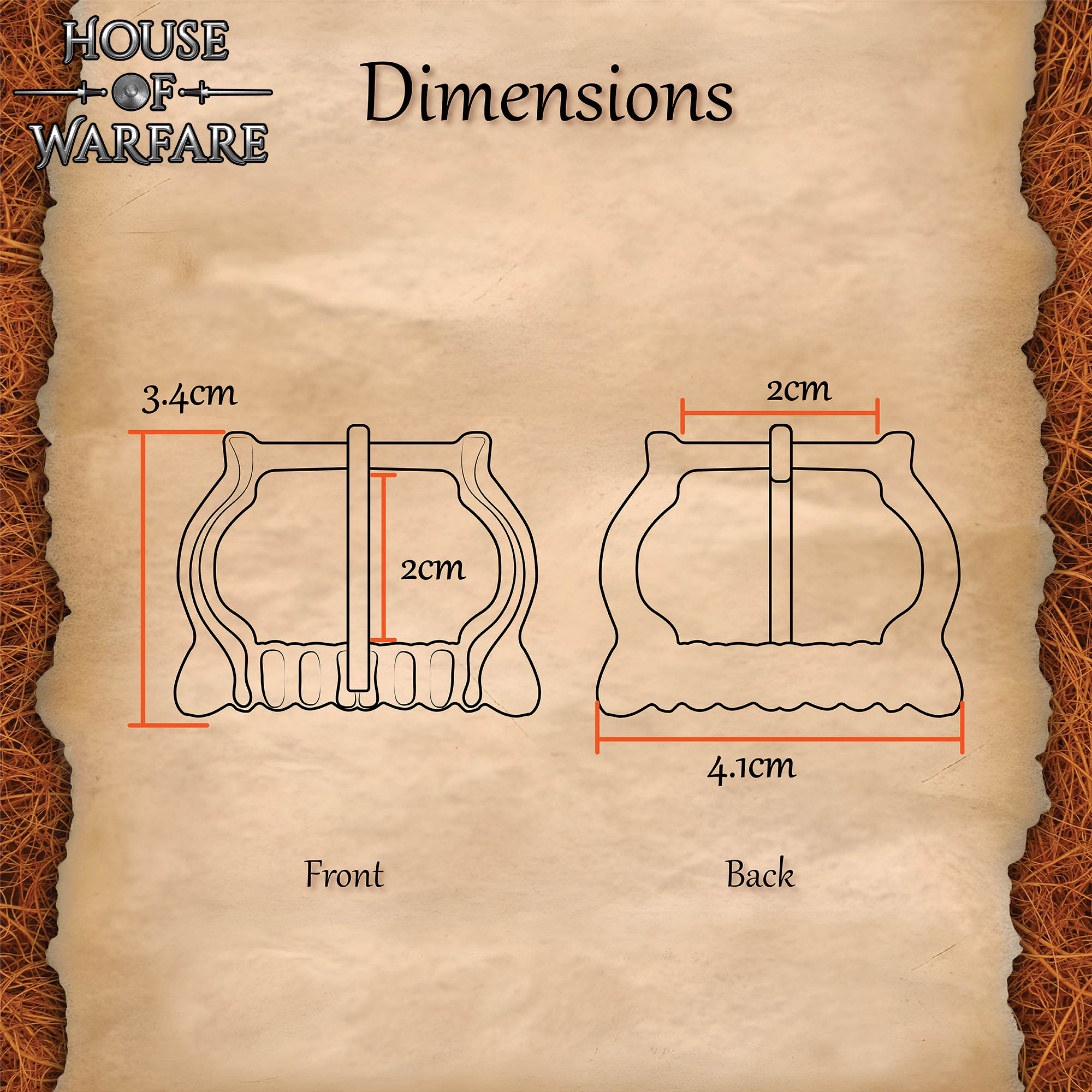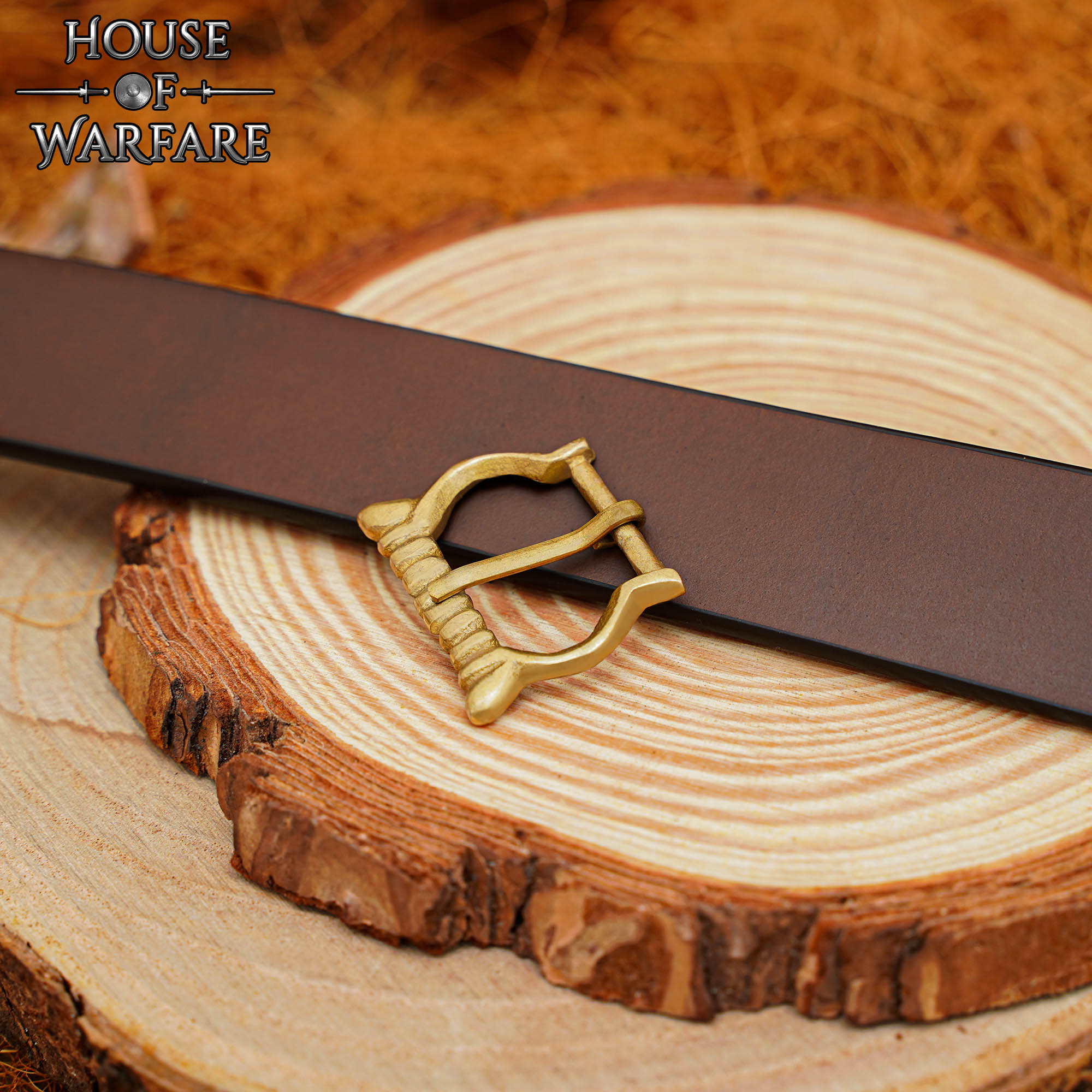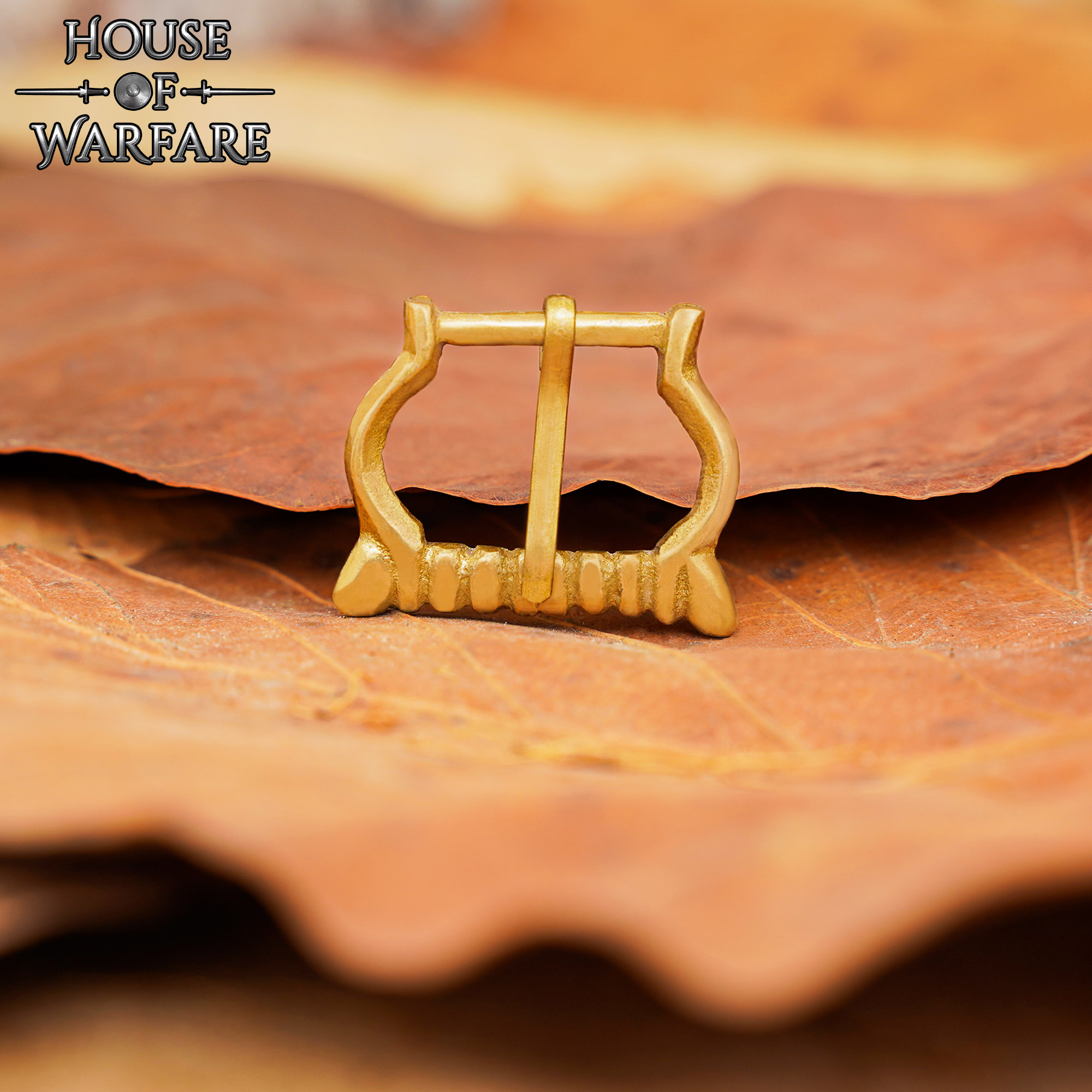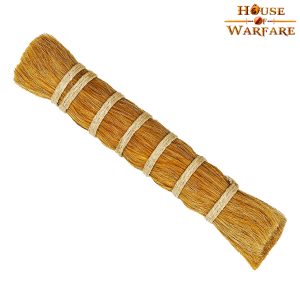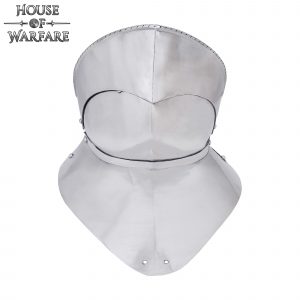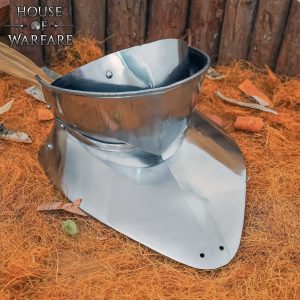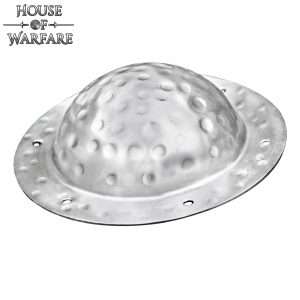Historical Context:
Heel bar buckles, including those with lobed designs, have been used across a vast range of time periods and geographic regions. Brass as a material and the specific shape of a heel bar buckle has been utilized for several centuries, with examples found from antiquity through to modern times.
- Ancient and Medieval Periods:
- Brass and bronze buckles, including some featuring lobed designs, have been found in archaeological digs dating back to Roman times. In the Roman Empire, buckles were used on military gear, as well as on clothing such as belts. The simple heel bar mechanism would have been a practical design choice, allowing for easy fastening and adjustment.
- During the medieval period, brass and bronze buckles were widespread in Europe, especially for belts, harnesses, and other types of fastening mechanisms. These were not only functional but also symbolized wealth and status. The use of a lobed design added an ornamental quality to what might otherwise have been a simple, utilitarian item.
- Renaissance to Early Modern Period:
- By the Renaissance and into the early modern era, buckles became more decorative. Brass continued to be a favoured material due to its workability and appearance, and buckles were often engraved or cast in intricate patterns. Lobed buckles would have fit right into this period, with the lobes offering both structural support and a decorative flair. They were often seen in both civilian fashion and military use.
- In the 17th and 18th centuries, brass buckles were commonly used in civilian dress, including shoes, belts, and hats. Heel bar buckles provided a secure closure, and the addition of lobes made them visually more appealing without sacrificing functionality. These buckles were also prominent in military gear, including in the colonial American context, where they were used on belts, straps, and even footwear.

